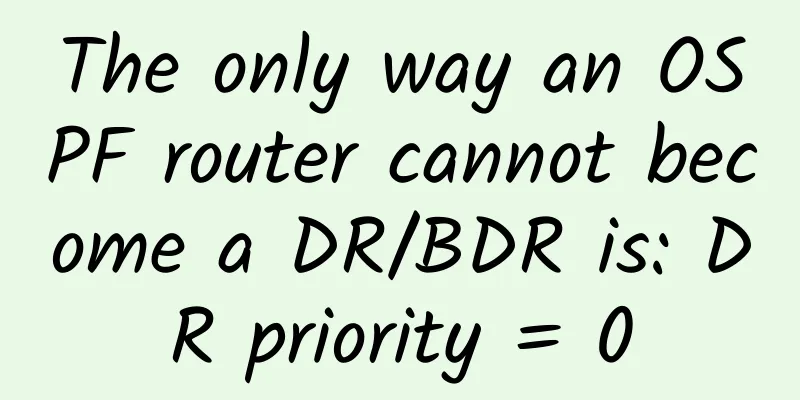Python Programming: How Much Do You Know About Core Protocols: Function Protocol Numbers and Context Management Protocols

PrefaceIn the previous few articles, several core components of Python, including object protocol, number protocol, comparison protocol, conversion protocol, container protocol, iteration protocol, and attribute protocol, were briefly introduced with example codes. This article introduces the Function Protocol and the Context Manager Protocol. Function ProtocolWe know that Python is a dynamic language. The interpreter reads the code and interprets it. This involves the interpretation and execution of functions (in the context of a class, the functions of the object to which they belong are called methods), so certain protocol rules must be followed, otherwise it will be a mess. In an object, an object can simulate a function by providing a __call__() method. Assuming an object x provides this method, it can be called like a function. In other words, x(__arg1, arg2, ...) actually calls x.__call__ (__arg1, arg2, ...). A simple example is as follows: class XxxCalling : In fact, the last line of the above code can also be written as: xc.__call__('祖龙', '中国'), the result is exactly the same. For callable objects, in fact, "name()" can be understood as an abbreviation of "name.__call__()". Many built-in types support function calls. For example, types implement __call__() to create new instances. Bound methods implement __call__() to pass the self argument to instance methods. Library functions like functools.partial() also create objects that emulate functions. Context Management ProtocolThe so-called context management protocol here mainly refers to a block of code in a specific scope. Python uses the with statement to implement it, that is, the with statement allows a series of statements to be executed under the control of an instance called a context manager. The general syntax is as follows: with context [ as var ] : Implementing such a context protocol requires supporting the following specific methods:
The __enter__() method is called when a with statement is executed. The value returned by this method is placed into the variable specified with the optional as var specifier. The __exit__() method is called when control-flow leaves the block of statements associated with the with statement. As arguments, __exit__() receives the current exception type, value, and, if an exception was raised, a traceback. If no error was handled, all three values are set to None. The __exit__() method should return True or False to indicate whether the raised exception was handled. If it returns True, any pending exception is cleared and program execution continues normally with the first statement after the with block. The primary purpose of the context management interface is to allow simplified resource control over objects that involve system state, such as open files, network connections, and locks. By implementing this interface, an object can safely clean up resources when execution leaves the context in which it is used. summaryThis is all I have to say for this article. I have briefly introduced the implementation of the function protocol (directly calling objects as functions) and the implementation of the context protocol. |
<<: Five ways 5G will change manufacturing
>>: How will 6G change the workplace?
Recommend
ProfitServer Spanish VPS is now 50% off, with unlimited traffic KVM starting at $2.88 per month
I received an email from ProfitServer, saying tha...
From WiFi to NB-IoT, exploring the high-tech access methods of smart door locks
Hello everyone! I am Xiaomi, a 29-year-old who is...
GSA: A total of 122 5G commercial networks have been launched worldwide
As technical standards and specifications are det...
A Brief Analysis of TSN Time Sensitive Network Technology
With the continuous development of industrial int...
What kind of network slicing does 5G require?
Everyone should be familiar with network slicing....
China Mobile has built more than 410,000 5G base stations
On April 25, China Mobile General Manager Dong Xi...
The Wireless Network Alliance praises Wi-Fi 6E, and the future is promising
After Wi-Fi 6, wireless networks have also ushere...
Why should enterprises choose SD-WAN?
While MPLS still dominates the WAN market, no ent...
Advantages of 5G technology in future US military networks
The article shows that the United States is incre...
The draft number portability management method is released: users must meet five conditions at the same time
[[272520]] When users apply for number portabilit...
Do you have an idle router? Why not transform it into an AP?
With the rapid development of wireless networks, ...
inetWS: $3/month KVM-2GB/30G SSD/100M unlimited traffic/13 computer rooms available
inet.WS has released a 25% discount coupon code f...
Interpretation of the 8 major links of the Internet of Things industry chain in 2017
1. Composition of the IoT industry chain The Inte...
Regarding the 6G satellite, I am "confused"
[[351012]] On November 6, a satellite named "...
Ruijie RG-CT7800 launched online, "Dual Engines on the Cloud" creates a model of innovation in information technology applications
[Ruijie Networks Press Release] On April 10, Ruij...









